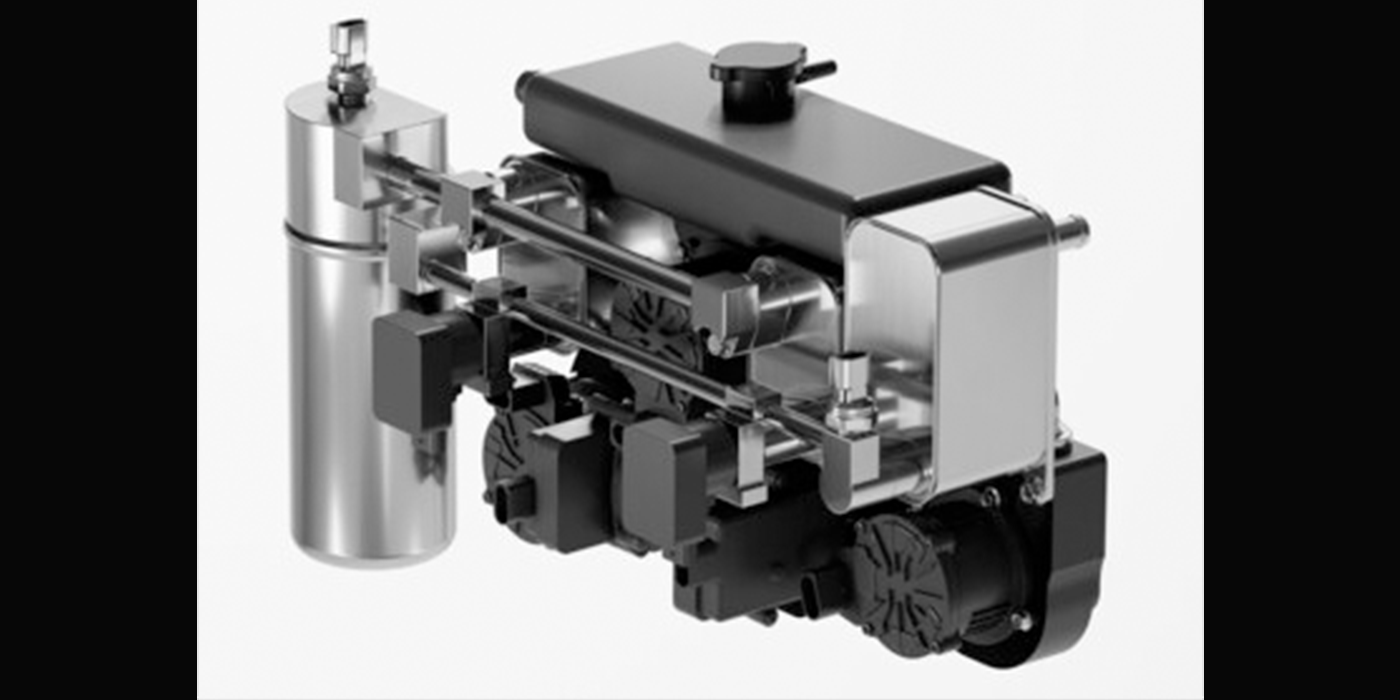From Detroit Free Press
DETROIT — General Motors Corp. reported its worst quarterly loss in 13 years Tuesday as sales of GM’s aging trucks slowed, response to its newer cars was tepid and health care costs became what GM called “a crisis.”
GM’s financial picture has deteriorated significantly from a year ago, as it swung from a profit of more than $1 billion for the first three months of 2004 to a loss of more than $1 billion for the same period in 2005.
The last time GM lost this much money in a 3-month period was 1992 — when the automotive icon was narrowly skirting bankruptcy.
GM’s financial situation is not believed to be as onerous this time — but with Asian automakers gobbling up more of the U.S. market and customer demand for GM’s profit-making trucks falling fast, the outlook for 2005 is quite bleak.
Equally alarming, GM abandoned its previous financial forecasts for the rest of the year, telling Wall Street it can no longer predict what it expects to spend, make or lose for 2005. That old forecast was just made March 16, leaving Wall Street to wonder what had changed in 34 days.
Again, GM blamed health care costs for the automaker’s inability to give financial forecasts for the remainder of the year.
“Given the uncertainty affecting key elements of our financial forecast, such as the resolution of the health care cost crisis, GM has determined that it will not provide earnings guidance for the 2005 calendar year at this time, ” read a statement from GM.
Most on Wall Street took GM’s comments as a not-so-subtle attempt to force the UAW to re open its 4-year labor contract just 19 months into it. The loss for the first three months of 2005 can be pinned almost exclusively on GM’s North American auto operations, which swung from a slight first-quarter profit last year of $401 million to a loss so far this year of $1.33 billion.
By comparison, the automaker’s financial division, GMAC, made money, as did GM’s operations in Asia Pacific, the Middle East and Latin America.
“North America is obviously the biggest issue we have, our biggest business, ” said GM Chief Financial Officer John Devine. “And really, the loss we’re seeing in North America for the first quarter accounts for — more than accounts for — our total loss in the business.”
GM’s ever-increasing financial woes, as usual, have adverse effects on Michigan’s economy, from the hundreds of thousands of GM workers and retirees across the state to the various suppliers like Delphi Corp. and American Axle that are overly reliant on GM.
GM estimates it buys $12 billion a year in goods and services from Michigan, or more than Toyota buys from all of North America.
“Given the presence of General Motors in Michigan, the trickle-down effect across the state is enormous. The less income paid to Michigan citizens by GM or to its suppliers, there is a multiplier effect not only on suppliers, but on restaurants, retail stores and various communities,” said J. Michael Davis, president and chief executive officer of National City Bank of Michigan.
A few Wall Street analysts and other auto experts have predicted or called for a major cost-cutting plan at GM, the kind that would close several auto plants and eliminate 10,000-20,000 jobs. However, a larger number of Wall Street analysts have said that kind of restructuring wouldn’t necessarily fix GM — because those laid-off workers would still be paid at least some of their paychecks and still get health care benefits.
“If they restructure, and union negotiations allow them to close a plant, they still have all of those people getting pensions and health care. They just become a cost on the other side, ” said Daman Blakeney, an auto analyst at Victory Capital Management, a New York firm that manages about $50 billion in assets.
“It would just be a Band-Aid. What they’ve got to do is make some decent, competitive cars and trucks that will sell well, ” he said.
The company lost $1.1 billion in the January-March period, or $1.95 per share, compared with earnings of $1.3 billion, or $2.25, for the same period a year ago. Devine blamed rising health care costs several times for driving GM’s poor financial results, but also declined several times to specify what GM thought it could do. He mentioned health care discussions with “labor” a number of times, an obvious reference to the UAW.
Devine also said the automaker, if strapped for cash, could start to tap a $20-billion fund it started in 1997 to set aside monies for future retiree benefits.
Devine said GM has not tapped into that fund before, but could “extract it pretty aggressively if we have to,” using it for health care or any other corporate expenses. GM has asked the UAW for help in reining in health care costs among the hundreds of thousands of GM-UAW workers, retirees and their dependents.
UAW President Ron Gettelfinger has said the union will do what it can to help GM shrink its health care bill, within the confines of the current 4-year labor agreement that doesn’t expire until September 2007.
Health care was the topic of the day at an annual gathering last week of top GM and UAW officials. The UAW rarely re pens its labor agreements, doing so, for example, during the government bailout of Chrysler in the late 1970s.
“In our view, the deterioration in GM’s financial condition is not yet serious enough to scare the rank-and-file at the union, ” said Merrill Lynch auto analyst John Casesa , in a research note. He said GM “management is ratcheting up pressure on the UAW to open the current contract.”
GM spent $5.2 billion in cash last year on health care for 1.1 million employees, retirees and dependents. It expects that to jump to $5.6 billion or more in 2005.
“It’s been looming for several years. The issue is what do we do about it. I don’t want to get too far on discussing it today, ” said Devine in a conference call with Wall Street analysts. “Obviously, some of it has some pretty serious labor implications. I’d rather not get into it today. But our view is this is a very important issues for us.”
GM had several one time charges that made the quarter look even worse. For example, it took a charge of $422 million for its restructuring of European operations, where it shed 6,000 jobs.
GM again lost money in Europe, though $10 million less than a year ago. There was also a charge of $148 million for GM’s early-retirement buyouts of 2,800 white-collar workers in North America.
Devine declined to comment on the possibility of a larger restructuring in North America. As an example of current cost-cutting at GM, he said the automaker has cut almost one-third of its white-collar workforce in the last three years.
Without those charges, GM lost $839 million or $1.48 per share, compared with net income of $1.2 billion or $2.12 a share for the same period a year ago.
Analysts said the bleak first quarter — and the lack of any guidance going forward — forces Wall Street to assume GM will lose money for 2005 as a whole. “I wonder how else the market can interpret this? What else can they take from no guidance, except that there will be a loss for the year, ” said Darren Kimball, auto analyst at Lehman Brothers in New York.
Copyright 2005 Detroit Free Press. All Rights Reserved.
_______________________________________
Click here to view the rest of today’s headlines.













